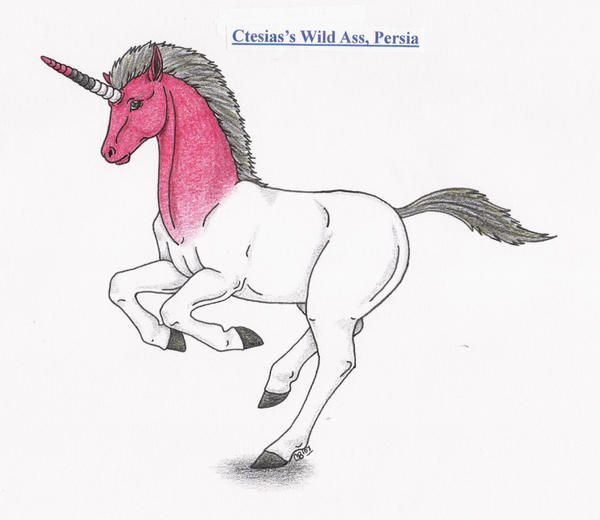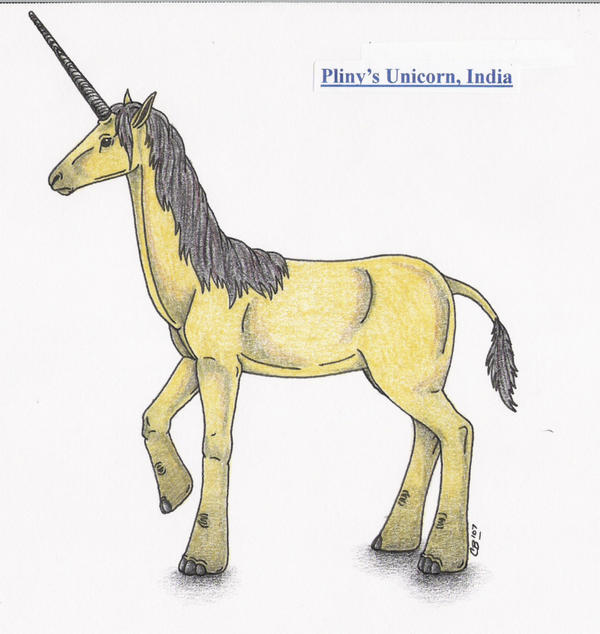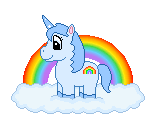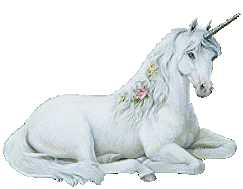

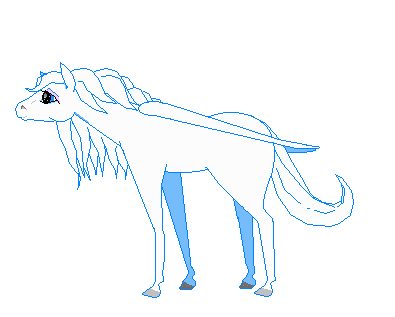
Unicorn Myths & Legends: Where Fantasy Becomes Real
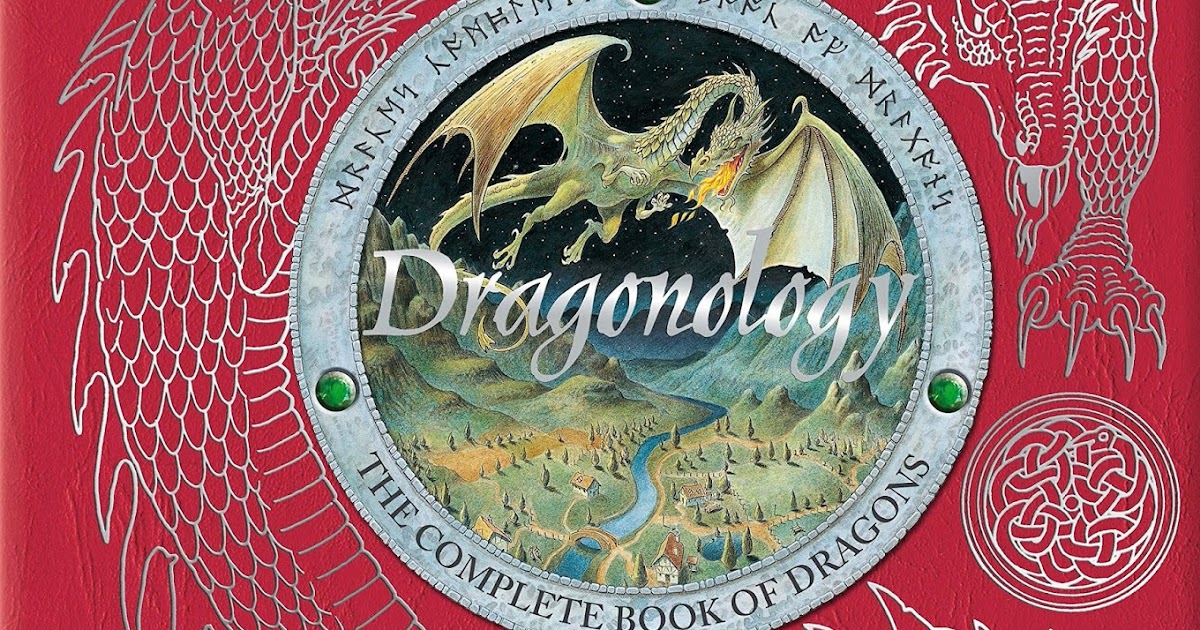
One of the things I loved as a kid were books about dragons. These included stories with dragon protagonists, and stories where kids befriend dragons. However, my favourite books about dragons weren't necessarily narratives: I really liked books that treated dragons as a real species, with several "breeds" (like dogs, and funny look at that, I loved books that explained dog breeds too) and specific information about how to take care of them.
Whether you call them breeds, species or races, the thing I always perceived dragons as beings that could take on many shapes, colours and personalities. Dragons from all continents and corners from the world, dragons from six to no limbs, dragons who could breath fire, or frost, or poison, scaled dragons, feathered dragons, and of course, dragons in every colour of the rainbow. How to Train Your Dragon came a bit too late for me, but trust me: I would have loved it and be obsessed with it as a kid.
With this said, how come dragons have all the fun in variety? Why do we see the other mythological creatures as one monolithical species? Why is the first thing that comes to mind when you think "unicorn" always the white horse with a spiral horn, rainbow mane optional?
And you might argue, "but Corrupted, many cultures across the world has dragons, in fact "dragon" is an umbrella term for many serpentine/reptillian creatures, that's why there's so much variety in dragons" and let me tell you, there's as many myths about fantastical horned ungulates as there is about reptiles.

Ungulates, or hoofed animals, are also spread all across the world, and since we've been hunting them and raising them for food through so many centuries, it's understandable some myths have been born from them. Imagine, if you will, a particularly elusive antelope who might have a missing horn or could happen to have a color variation (like albinism or melanism). A smart antelope who is aware its "uniqueness" makes it easy to spot against its environment and its kind, so it had to work triple hard to avoid being hunted down. Now, isn't that the genesis for a legend?

We don't even need a freak accident to start an unicorn myth. Consider, for example, the humble donkey. But don't think of your typical stubborn farm donkey - look at it as if you have never seen this animal before. Now, picture a donkey like in the image, with one ear tilted forward, protuding from its face, and from a distance. Perhaps you're travelling and you're not quite close to it. Doesn't it look like a beast with a single straight horn? That's how many unicorn myths have been born.
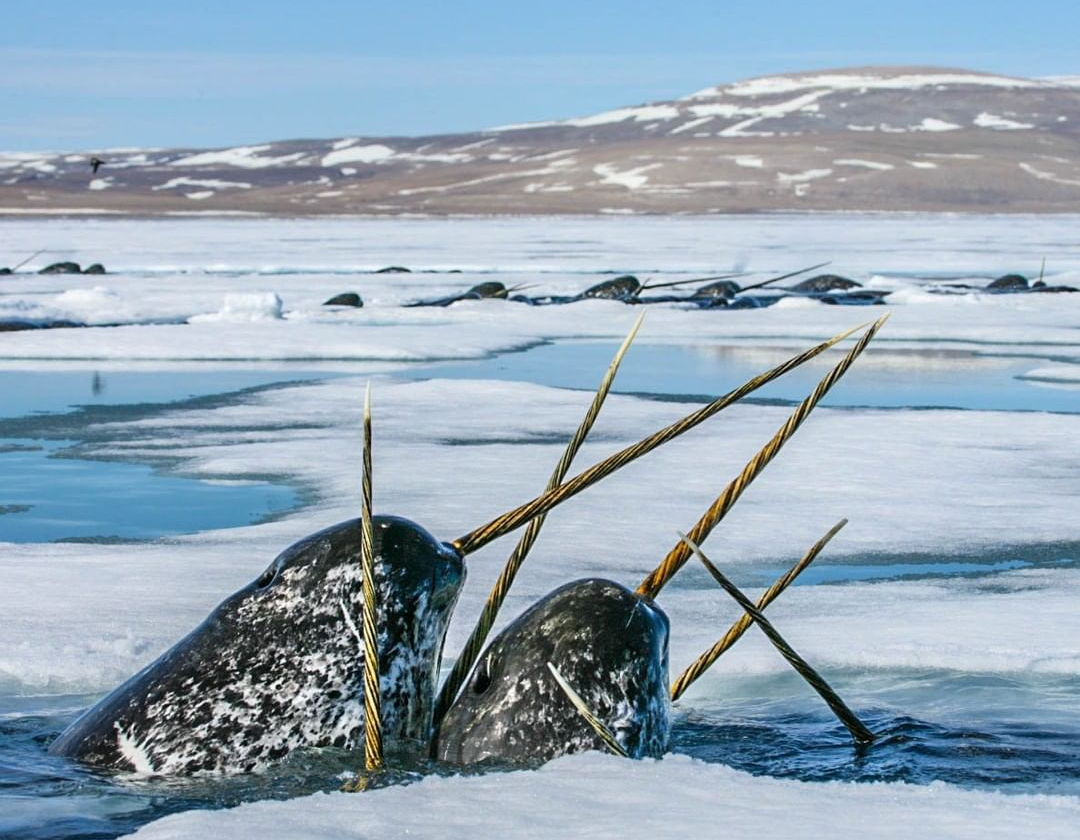
But what about the narwhals? Yes, they too have contributed significantly to the unicorn myth. I don't need to tell you twice about the narwhals now that they're being marketed on pencil cases and Instagram as "unicorns of the sea". They do have a pretty unique "horn" (actually a tooth), and kings even made thrones and chalices out of them.

But apart from the spiral horns, what about the rhinos? They look like the farthest abstraction from unicorns - single horned beasts. Plus, unicorns are "supposed" to be graceful, while rhinos... well, I've seen rhinos in zoos, and let me tell you that, they're the closest real life has to living boulders.
However, if the narwhals gave the modern unicorn its characteristic spiral horn, the rhinos have given it its placement. "But Corrupted, rhinos are literally named "nose-horns", and unicorns aren't anything like that!".
I didn't quite understand it myself either, until I saw in a picture book for kids about animals the following picture.
And with this, I just rambled on the variety of unicorn myths. It's okay to have an unified image that pops up when you think "unicorn", just like when you think "dragon" you're mostly going to think about a giant green reptillian beast with four legs and two wings with a knack for fire, treasure and princesses.
However, I believe it's important, both in a "conservation of folklore/myth/history" way and a "inspiration pool" way, to learn about the different kinds of unicorns there are, historically. It's okay if anybody comes up with new ways to classify unicorns and makes up "crystal unicorns" and "rainbow unicorns" and "flying unicorns", but the aim of this section is to learn about how different unicorns could get from eachother historically, from different places, just like how Eastern dragons are different from European Western dragons which are different from Meso-American dragons.
And, to be fair, I am no authority when it comes to this. I'm just compiling here what I learnt from other sources, mostly Deviantart artist Shara Moonglow, who makes excellent unicorn art and has sometimes portrayed lesser known unicorns; and Tumblr blog a-book-of-creatures, a dedicated blog about obscure mythology from all around the world. If you know about earlier descriptions of unicorns and you'd like to contribute in some way, please contact me.
One day, I'd love to dive deep into unicorn variants from all over the world, but for now, enjoy some of my favourite pictures from the previously mentioned artists.
